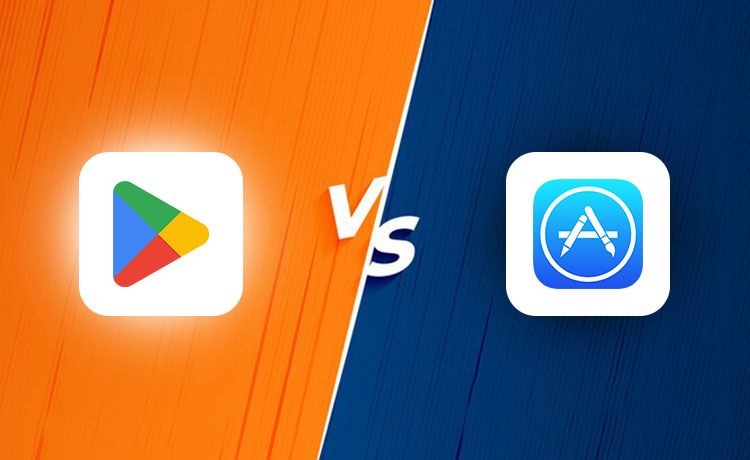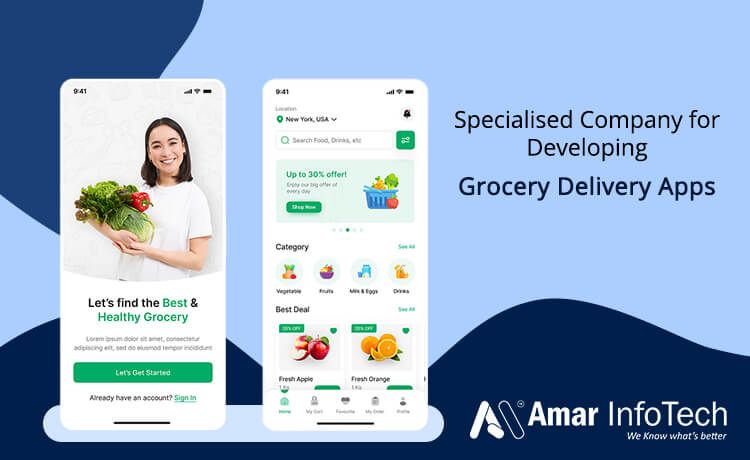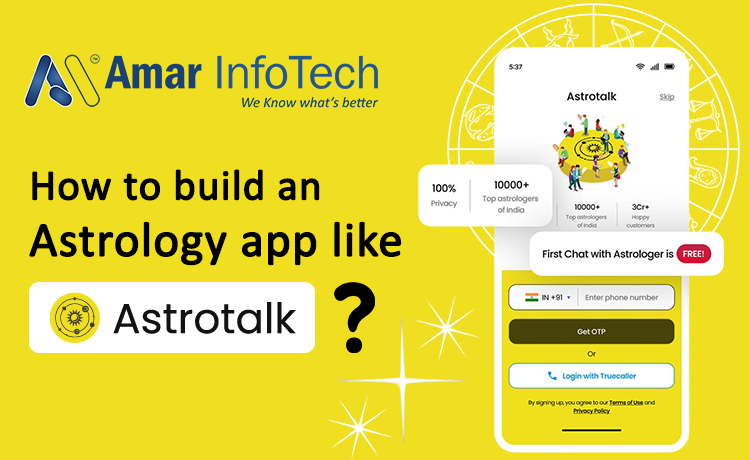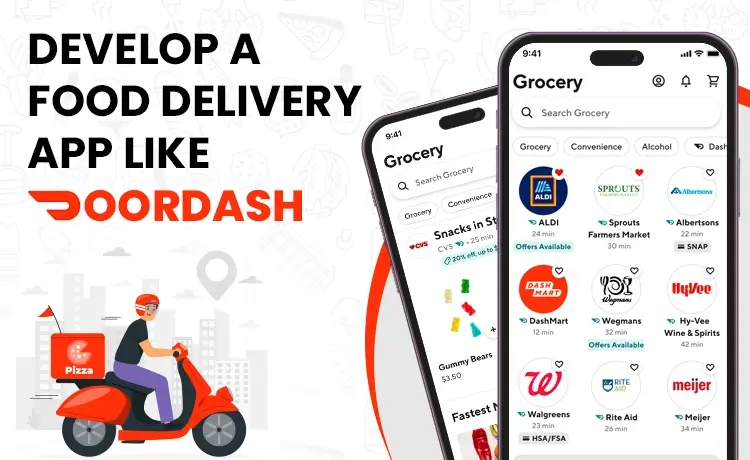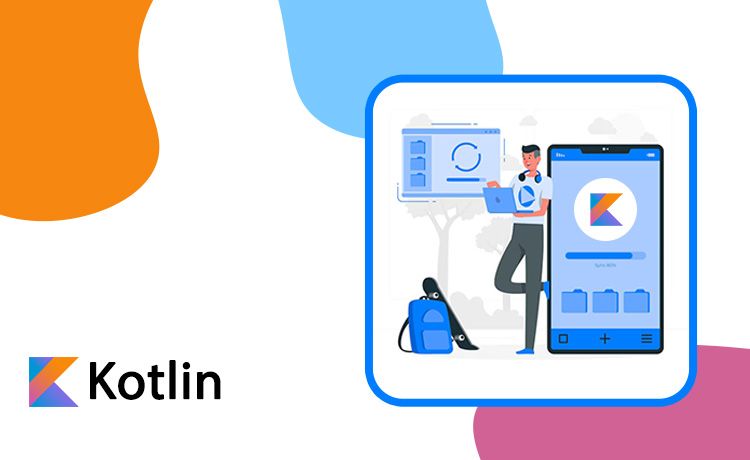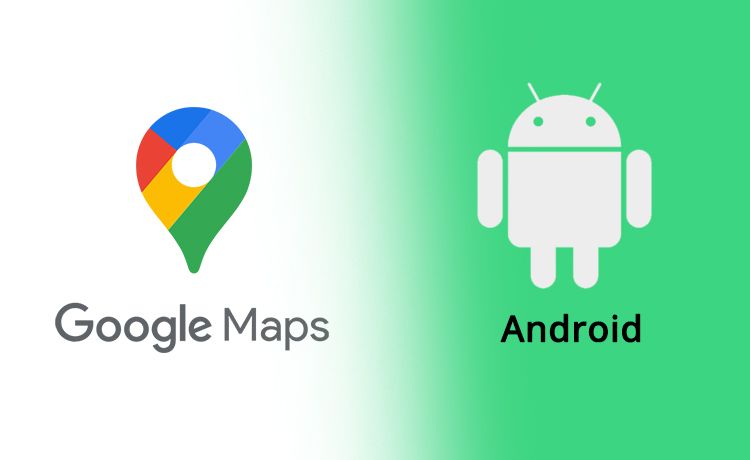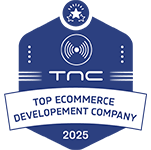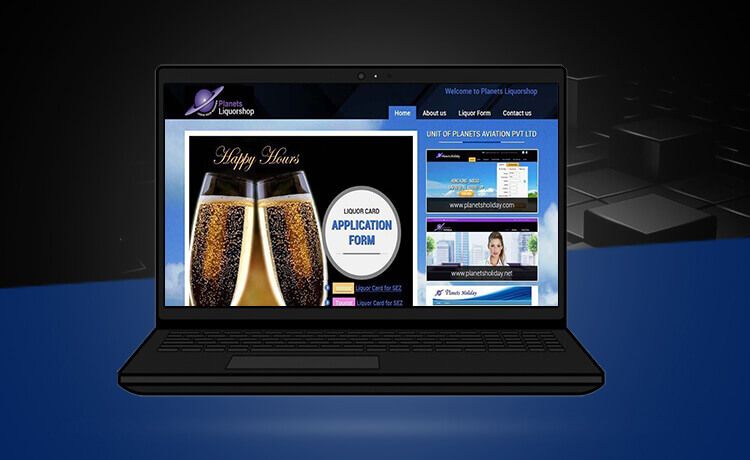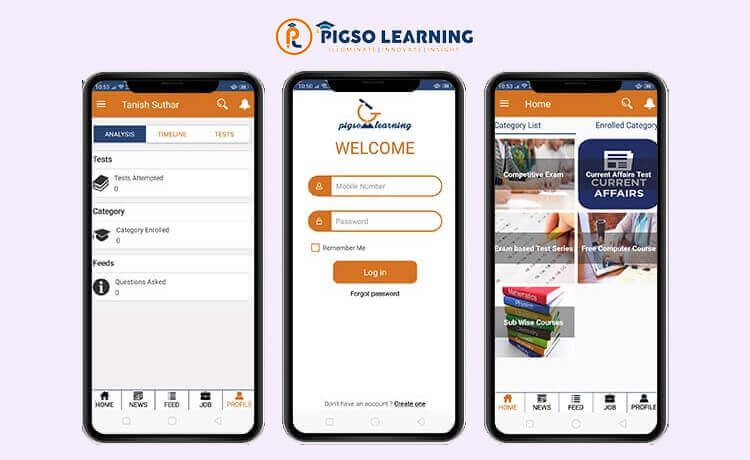When launching a mobile app in 2025, one of the biggest decisions developers face is whether to publish on the Google Play Store (Android) or the Apple App Store (iOS). Both platforms offer access to billions of users worldwide but differ significantly in terms of policies, user demographics, revenue models, and development ecosystems.
In this article, we’ll provide a comprehensive comparison between Play Store vs App Store, helping developers, startups, and businesses make an informed decision. This is especially relevant if you're working with a Flutter app development company to build cross-platform solutions.
Developer Policies and Approval Process
Google Play Store:
- Automated and quicker approval process
- Easier to publish and update apps
Apple App Store:
- Manual review with strict security and design standards
- Frequent rejections if guidelines are not met
Verdict: Play Store offers a faster and easier approval process, while the App Store has stricter quality control.
Revenue Sharing and Developer Fees
Google Play Store:
- One-time registration fee: $25
- This fee grants access to publish apps on the Google Play Store.
- Google Play Store has a lower upfront cost with a one-time fee.
- Both stores take a commission (typically 30%) on in-app purchases and subscriptions.
Design and Functionality
Apple App Store:
- Apps tend to have a more consistent look and feel due to stricter design guidelines.
- This can lead to a more user-friendly experience.
Google Play Store:
- Allows for more variety in app design.
- This can sometimes lead to a less consistent user experience.
Quality
Apple App Store:
- Stricter review process generally results in higher quality apps.
- Offers a more secure environment due to app review.
Google Play Store:
- Google Play Protect helps identify and remove harmful apps.
- May have a wider range of quality due to less strict review process.
Monetization Matchup: Premium Pricing vs. Wider Reach & Ads
Apple App Store:
Typically generates more revenue for developers due to:
- Higher average price of apps: Users on Apple devices are generally more willing to pay for premium apps.
- Larger number of paying users: Apple boasts a loyal user base with a higher disposable income.
- Subscription model: Developers can offer recurring subscriptions for access to features or content within their app.
- Potential drawbacks:
- Stricter review process: Getting approval for in-app purchases or subscriptions can be more challenging.
- Limited advertising options: Apple restricts the use of third-party advertising within apps.
Google Play Store:
- Wider audience reach: Google Play Store has a larger user base, offering developers greater potential exposure.
- In-app advertising: Developers can integrate ads into their apps to generate revenue from user engagement.
- Freemium model: A popular strategy where a base app is free with optional paid features or upgrades.
- Potential drawbacks:
- Lower average price of apps: Users on Android devices may be less likely to pay for premium apps.
- Competition can be fierce: The larger app pool on Google Play can make it harder for apps to stand out.
- Revenue from ads can be variable: Ad revenue depends on factors like user engagement and ad placement.
Growth
Apple App Store:
- May have a slower rate of app growth due to stricter review process. You can contact us for iOS App Development Services.
Google Play Store:
- Generally has a larger number of apps available due to easier app approval. You can contact us for Android App Development Services.
Advantages for Developers
Apple App Store:
- Potential for higher revenue.
- Engaged user base willing to pay for apps.
Google Play Store:
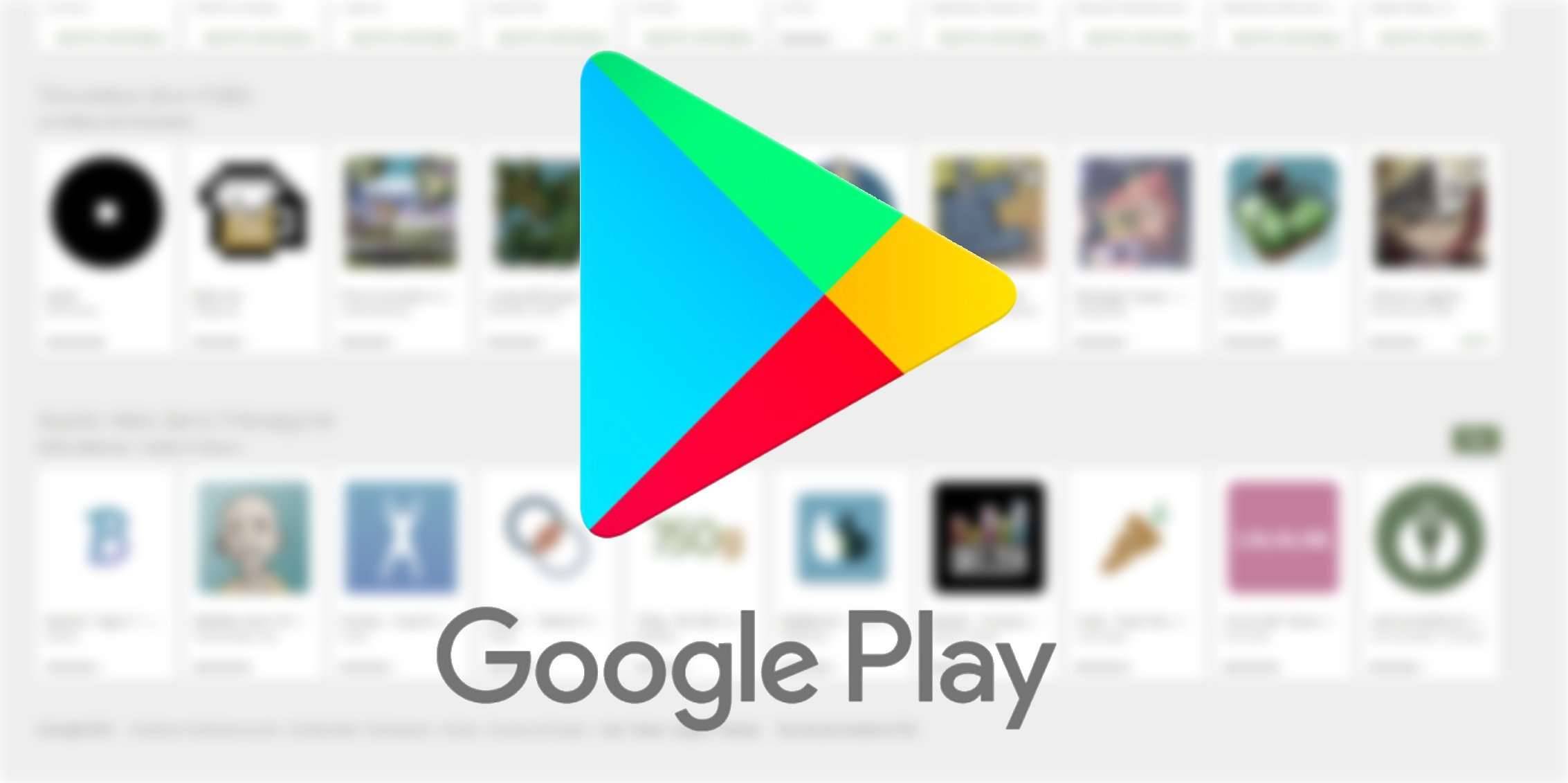
- Easier app approval process.
- Wider audience reach due to larger user base.
- More flexibility in app design and monetization strategies (e.g., in-app advertising).
Advantages for Users
Apple App Store:
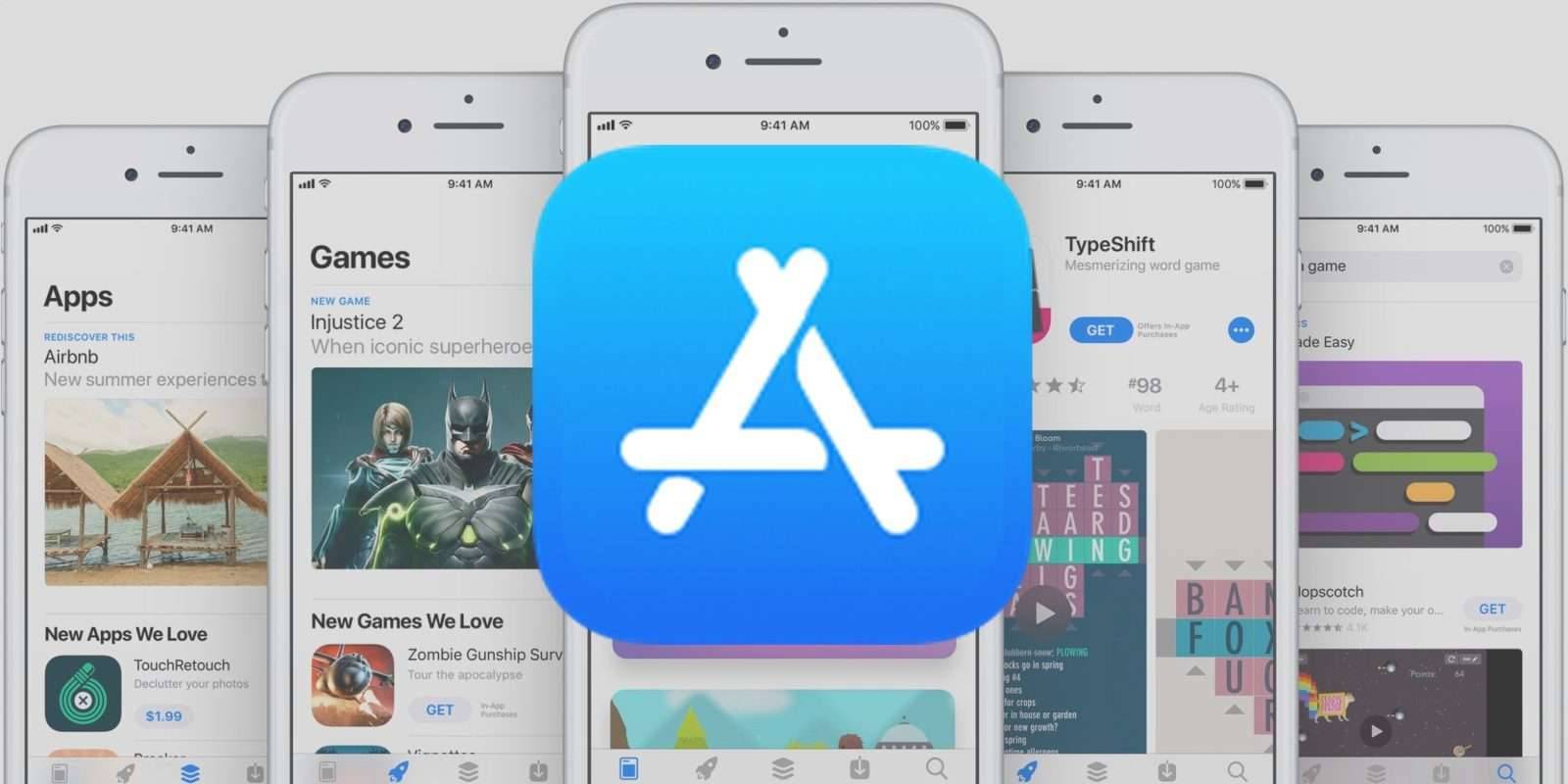
- Generally higher quality apps.
- More consistent and user-friendly experience.
- More secure environment due to stricter app review process.
Google Play Store:
- Wider selection of apps to choose from.
- More freedom for developers can lead to innovation and unique app experiences.
Main differences between the two largest mobile application stores
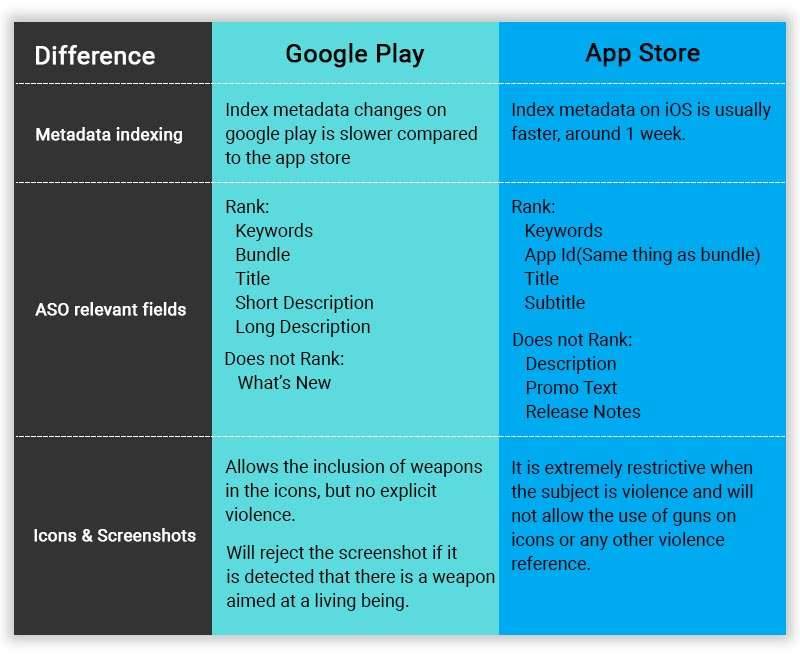
Conclusion
The choice between the Apple App Store and Google Play Store depends on your individual needs and preferences. If you are a developer, you will need to consider factors like account fees, app approval processes, target audience, and revenue potential. Users should consider the types of apps they are interested in, the importance of app quality and security, and the device they are using.
By understanding the key differences between these two app store giants, you can make an informed decision about where to develop or download your apps.
